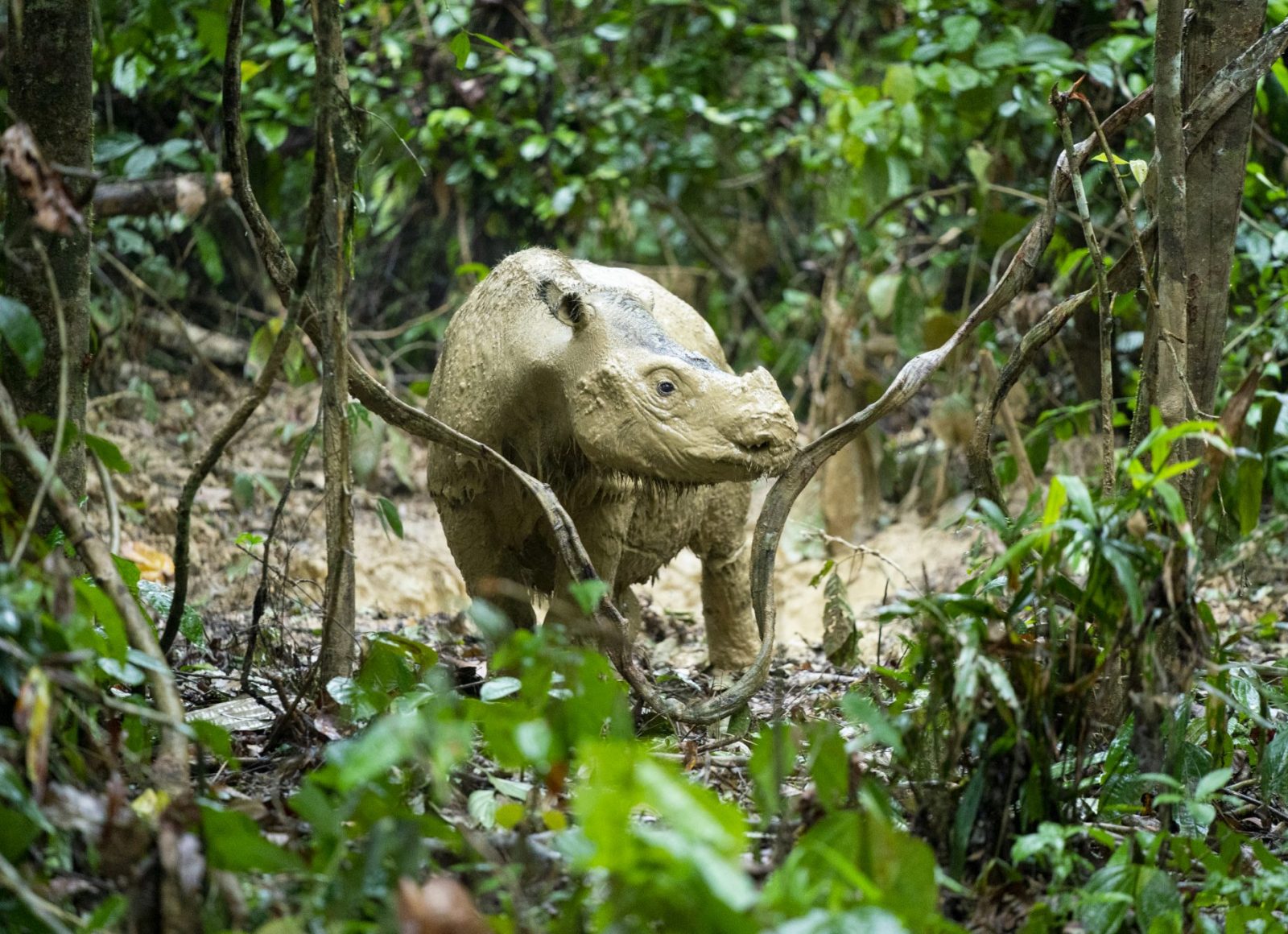Over the last 50 years, humans have wiped out around 60% of the world’s vertebrate species. The situation is alarming, particularly in Asia, where the majority of large mammals are facing extinction. To protect these species, it is essential we gain a better understanding of where they are found, their population size, and their habitats. There are many reliable methods for cataloguing and counting wild animal populations (camera traps, transect counts, etc.), but the prohibitive cost of rolling these out on a large scale means their use is typically limited to a few species.
Because of its cost-efficiency, eDNA has become a preferred method used to inventory biodiversity in aquatic environments, but very few studies have been carried out to test its effectiveness on land, especially in detecting mammals.
In 2018, WWF and SPYGEN decided to tackle this and explore the possibility of cataloguing land mammals by studying eDNA collected in water samples. To do this, 60 camera traps were set up over an area of around 1,000 square kilometres in British Columbia, Canada.
eDNA sampling enabled us to detect more mammals than the camera traps.
Water samples were collected from streams near each camera and at the mouths of torrents whose branches drain the watersheds in the study area. In a comparison of these two methods, eDNA sampling enabled us to detect more mammals than the camera traps, and was particularly effective in distinguishing rodents, ungulates, bats and certain species with semi-aquatic habits. These results suggest it is possible to detect the vast majority of land mammals in an ecosystem, simply by analyzing the eDNA in large amounts of water flowing through their habitat. And while research is needed to further improve the detection of carnivores, like the felids, eDNA is on its way to becoming a precious tool for the conservation of tigers, Sumatran rhinoceros, or other threatened species.

© Sumatran rhinoceros / Kaisa Siren & Bengal tiger / Nitish Madan WWF International
